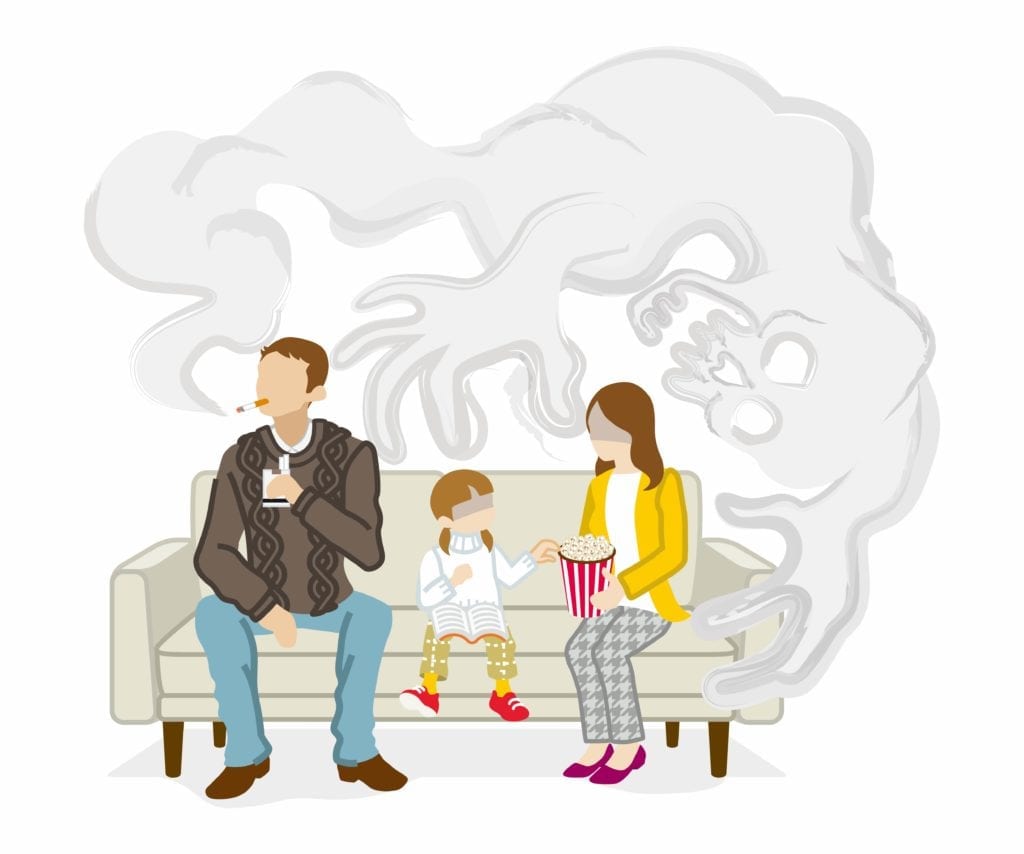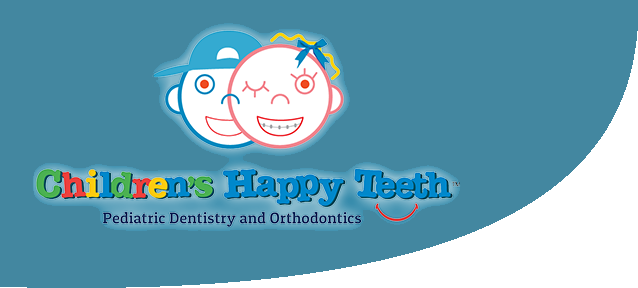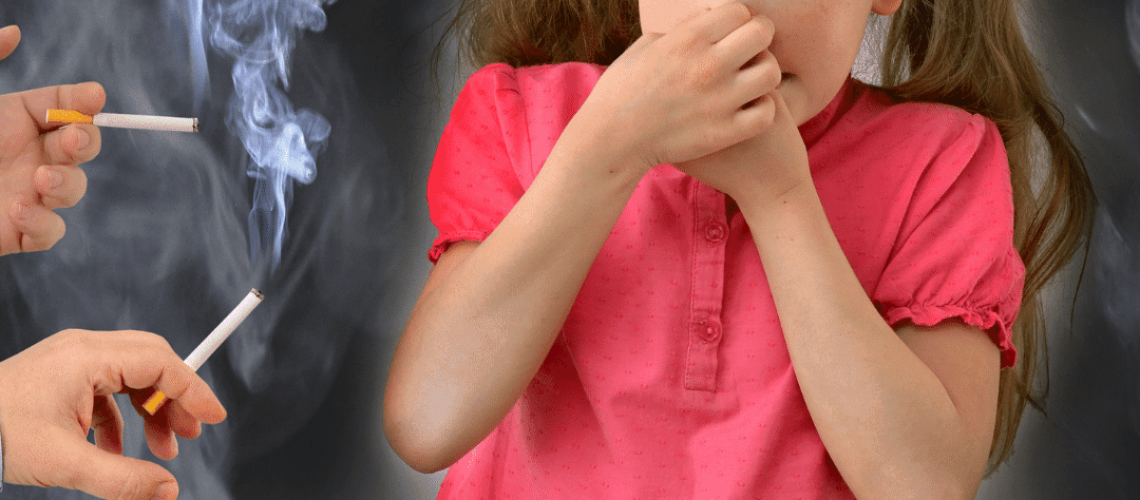Every year, 41,000 people die from secondhand smoke exposure. Not only that, but second hand smoke is also responsible for certain cancers and a variety of other health conditions. In fact, the American Cancer Society notes that young children affected by secondhand smoke get sick more often, get more ear infections, have more lung infections like bronchitis and pneumonia, and are more likely to cough, wheeze, and be short of breath.
The reason why secondhand smoke is so harmful is because it contains the same 7,000 chemicals that smokers inhale. There are two different types of secondhand smoke: mainstream smoke, which is smoke directly exhaled from a smoker, and sidestream smoke, which is smoke that comes from the lit end of a cigarette, pipe, cigar, or tobacco in a hookah. Sidestream smoke is considered to be the more harmful of the two types of secondhand smoke since it has higher concentrations of nicotine and various other chemicals.
While most people know that secondhand smoke is harmful to their child’s overall health, many people don’t realize that secondhand smoke can also affect their children’s oral health. In fact, children who are frequently exposed to secondhand smoke can develop some of the problems seen in adults who smoke. These include:
Cavities
Secondhand smoke contains a by-product of nicotine known as cotinine. Recent studies have shown that some children with high levels of cotinine are at an increased risk of developing dental cavities. In fact, children who live with parents who smoke are 27% more likely to develop multiple cavities compared to children who are not exposed to secondhand smoke.

Gum Disease
There are two forms of gum disease: gingivitis and periodontitis. Although gum disease is caused by excess plaque and tartar accumulation along the gum line, the American Journal of Public Health found that individuals exposed to secondhand smoke are more likely to develop severe gum disease (periodontitis). This is partially due to the fact that tobacco reduces blood flow to the gums and alters the natural function of gum cells.
Slower Healing
Another unfortunate consequence of tobacco reducing blood flow to the gums is that this makes it harder for the mouth to heal itself. This is why gum disease is more likely to advance quickly. However, this also means that a child exposed to secondhand smoke may heal slower from certain dental procedures like tooth extractions.
Oral Cancer
Unfortunately, oral cancer rates are on the rise. Oral cancer can affect the tongue, lips, cheeks, floor of the mouth, hard and soft palates, sinuses, or throat. While people who smoke or use chewing tobacco are at the highest risk of developing oral cancer, exposure to secondhand smoke also increases one’s risk. This is because secondhand smoke contains 70 chemicals that are specifically known to cause cancer.





